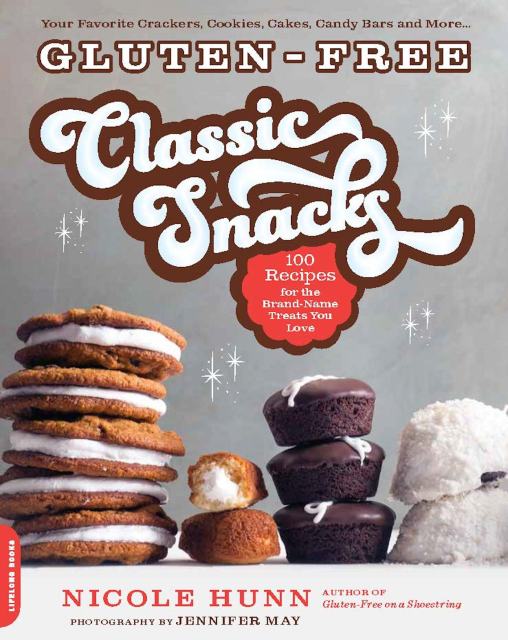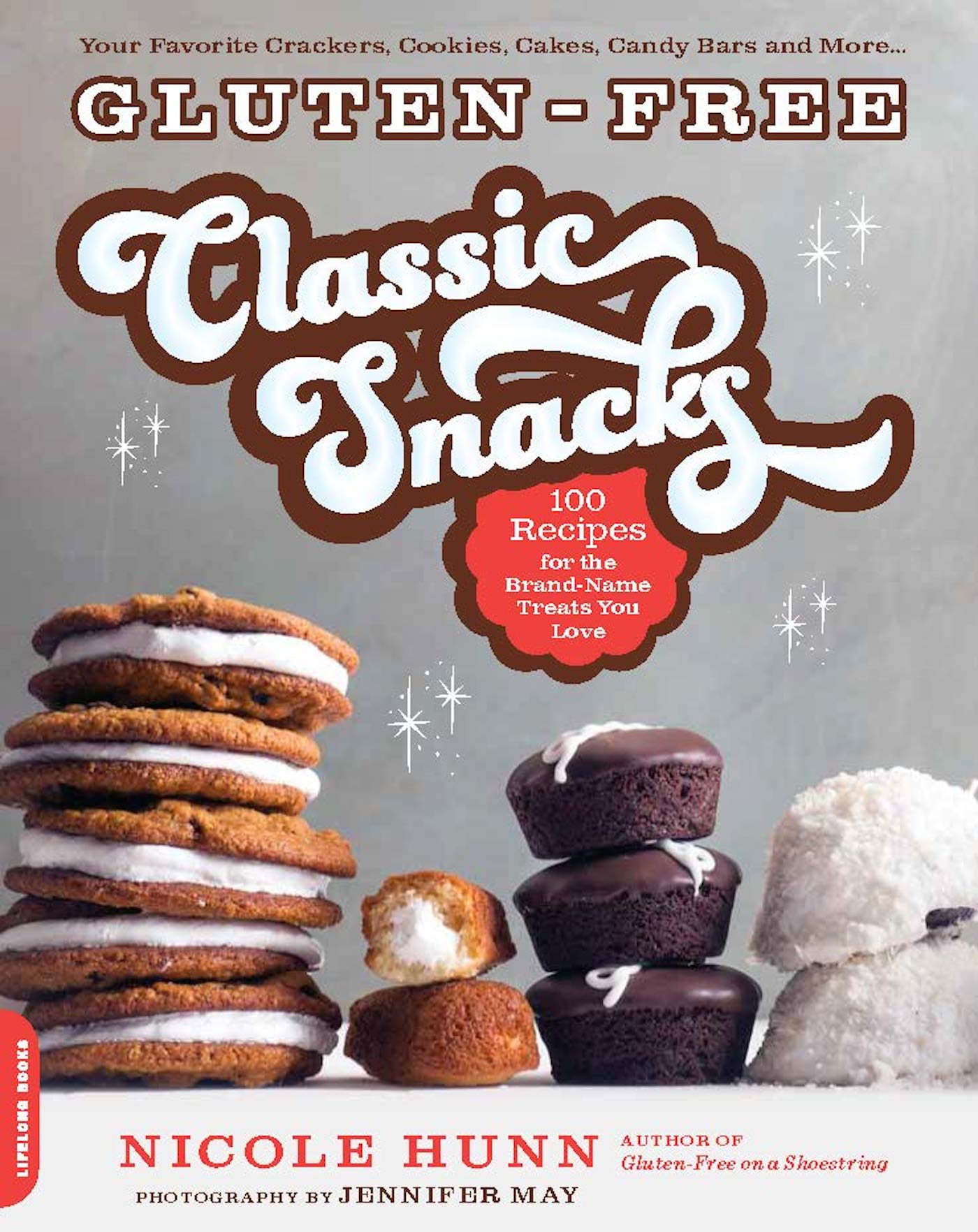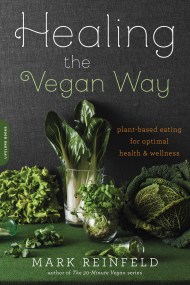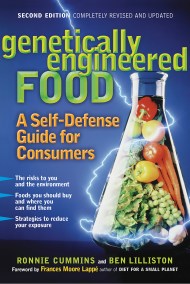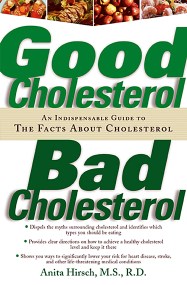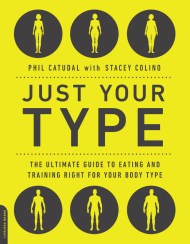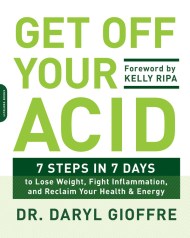Promotion
Use code MOM24 for 20% off site wide + free shipping over $45
Gluten-Free Classic Snacks
100 Recipes for the Brand-Name Treats You Love
Contributors
By Nicole Hunn
Formats and Prices
Price
$12.99Price
$16.99 CADFormat
Format:
ebook $12.99 $16.99 CADThis item is a preorder. Your payment method will be charged immediately, and the product is expected to ship on or around April 7, 2015. This date is subject to change due to shipping delays beyond our control.
Also available from:
You can have your Tastykake(R)—and eat it, too!
Did you think going gluten-free meant giving up your favorite snack foods? Well not anymore! Nicole Hunn of Gluten-Free on a Shoestring helps you bring back the memories of those classic snacks, whether it’s a little surprise in a lunchbox or a treat at the end of the day. Make all the most popular cookies, snack cakes, and crackers you’ve been missing—from Thin Mints(R) Girl Scout Cookies(R) and Hostess(R) Twinkies(R) to Keebler(R) Club(R) Crackers and Kellogg’s(R) Pop-Tarts(R) Toaster Pastries—in your own kitchen with ease.
With 100 recipes for everything from cookies, brownies, snack cakes, and pies to buttery crackers, cheese crackers, pretzel rods, candy bars, and licorice—along with helpful tips and tricks for easy prep, extensive information on ingredients and substitutions, and basic recipes for homemade flour blends—Gluten-Free Classic Snacks will help you to bring back all the flavors and fun or the treats you remember.
Did you think going gluten-free meant giving up your favorite snack foods? Well not anymore! Nicole Hunn of Gluten-Free on a Shoestring helps you bring back the memories of those classic snacks, whether it’s a little surprise in a lunchbox or a treat at the end of the day. Make all the most popular cookies, snack cakes, and crackers you’ve been missing—from Thin Mints(R) Girl Scout Cookies(R) and Hostess(R) Twinkies(R) to Keebler(R) Club(R) Crackers and Kellogg’s(R) Pop-Tarts(R) Toaster Pastries—in your own kitchen with ease.
With 100 recipes for everything from cookies, brownies, snack cakes, and pies to buttery crackers, cheese crackers, pretzel rods, candy bars, and licorice—along with helpful tips and tricks for easy prep, extensive information on ingredients and substitutions, and basic recipes for homemade flour blends—Gluten-Free Classic Snacks will help you to bring back all the flavors and fun or the treats you remember.
Genre:
-
San Francisco Book Review, 7/1/15
“Dozens of mouth-watering full-color photos that will send readers running for the kitchen. This is a winner.”
GFF Magazine, summer issue
“No childhood favorites are off-limits with Gluten-Free Classic Snacks by author/blogger Nicole Hunn of Gluten-free on a Shoestring. Expect recipe riffs on Twinkies, Thin Mints, Nutter Butters, Pop Tarts and more in her ode to edible Americana.”
- On Sale
- Apr 7, 2015
- Page Count
- 240 pages
- Publisher
- Da Capo Lifelong Books
- ISBN-13
- 9780738217826
Newsletter Signup
By clicking ‘Sign Up,’ I acknowledge that I have read and agree to Hachette Book Group’s Privacy Policy and Terms of Use
